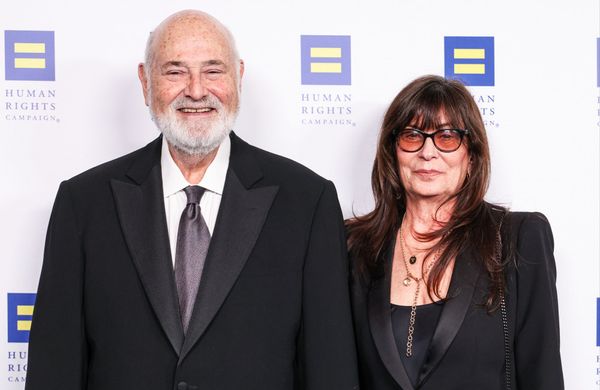
"You'd have to be very skilled to have a job," said AI godfather Geoffrey Hinton, warning that automation could erase much of today's intellectual labor. As generative AI floods workplaces, Hinton's comments highlight growing uncertainty about the future of work.
Speaking on "The Diary of a CEO" podcast, Hinton argued that automation will swallow "mundane intellectual labor" yet spare medicine, where demand seems bottomless. The bold claim invites a pressing question: Can health care outrun algorithms while other sectors shrink?
Experts Diverge On AI Job Loss
Hinton's forecast follows a grim pattern. Anthropic CEO Dario Amodei told Axios in May that AI could erase "roughly half" of entry‑level white‑collar roles within one to five years, warning unemployment could spike to 10% to 20%.
Don't Miss:
- Be part of the breakthrough that could replace plastic as we know it—invest in Timeplast before the July 31st deadline and help revolutionize a $1.3T industry.
- $100k+ in investable assets? Match with a fiduciary advisor for free to learn how you can maximize your retirement and save on taxes – no cost, no obligation.
Jensen Huang, CEO of Nvidia (NASDAQ: NVDA), pushed back. Huang told Axios last week that AI will "create vastly more and superior jobs," comparing the shift to past industrial leaps.
Even inside boardrooms, consensus proves elusive. Salesforce (NYSE: CRM) CEO Marc Benioff, told Business Insider at the AI for Good Global Summit in Geneva in July that customers are "not saying, ‘I'm laying off employees because of AI advancements.' He cast the technology as a productivity booster, not a job killer
Goldman Sachs (NYSE:GS) research from 2023 forecasts that generative AI could eventually automate up to 50% of tasks and boost global output by nearly $7 trillion.
Health Care Emerges As Automation Outlier
Hinton told Steven Bartlett, host of “The Diary of a CEO” podcast, that clinical work is "much more elastic" because patients always want more treatment when costs falls. He estimated that making doctors five times more efficient would yield five times more care, not layoffs.
Trending: This AI-Powered Trading Platform Has 5,000+ Users, 27 Pending Patents, and a $43.97M Valuation — You Can Become an Investor for Just $500.25
Data align with this view. A 2024 McKinsey report predicted automation could replace up to 30% of U.S. jobs by 2030 and projected net hiring growth in health care, clean energy, and STEM fields. The consultancy pointed to tasks that remain difficult to automate, such as sterilizing surgical tools and assisting with in-home care.
"I think there’s something about the human empathy aspect of that and the care and so on, that’s particularly humanistic," Google DeepMind CEO Demis Hassabis told Wired in an interview when asked whether hospitals will adopt robot nurses.
Investors appear convinced. Health‑tech startups attracted $6.4 billion in the first half of the year, up7% from 2024, according to Rock Health.
See Also: Are you rich? Here’s what Americans think you need to be considered wealthy.
Early Data Underscore Medical Demand
Recent labor figures reinforce the trend. Bureau of Labor Statistics data show health‑care payrolls grew by 39,000 in June, extending a 16‑month hiring streak even as overall job creation slowed.
Usage patterns reveal a disconnect between employees and leadership. According to the report "Superagency in the Workplace: Empowering People to Unlock AI's Full Potential," released in January by McKinsey, 12% of employees use generative AI for at least 30% of their daily work—more than triple what executives estimate. The report urges organizations to scale training and adoption efforts to fully unlock AI's potential in the workplace.
Read Next: Can you guess how many retire with a $5,000,000 nest egg? The percentage may shock you.
Image: Shutterstock







